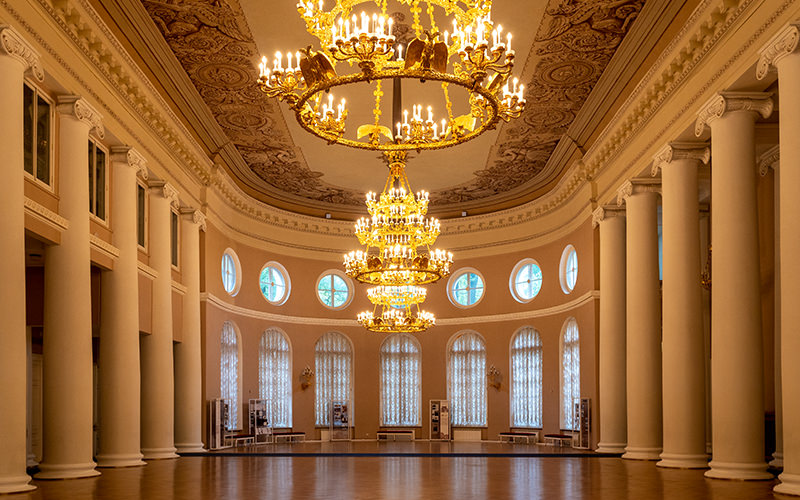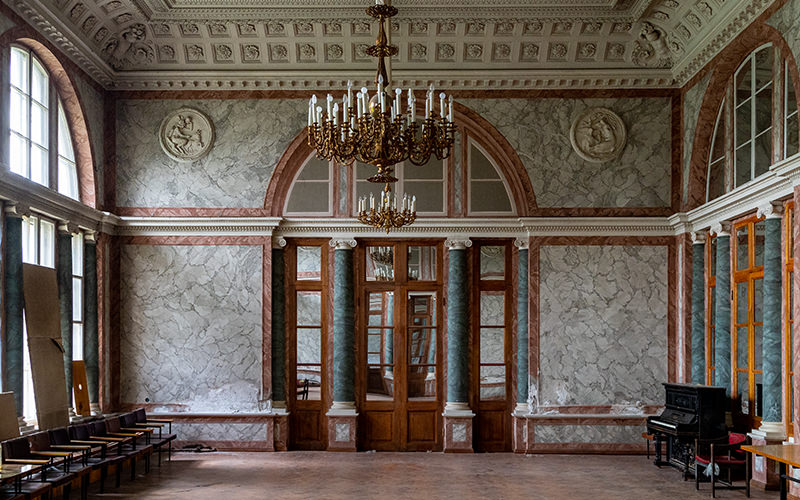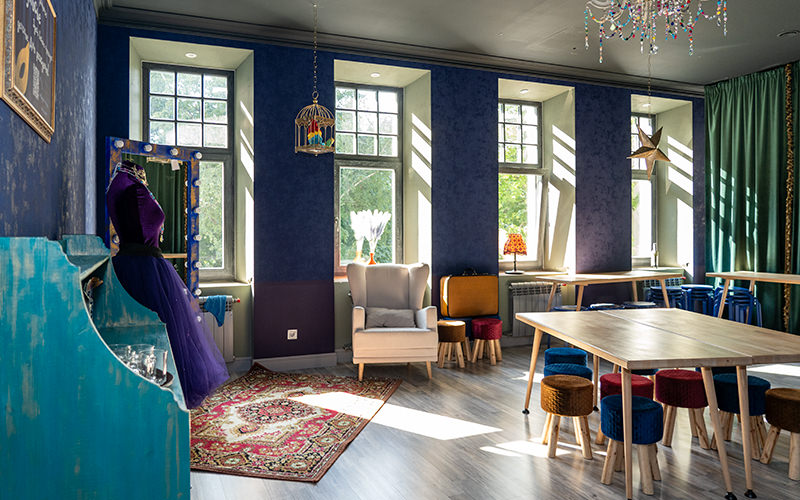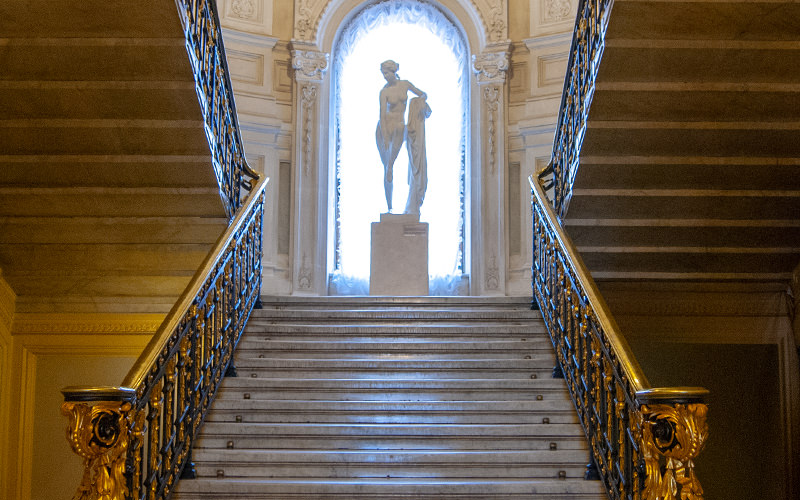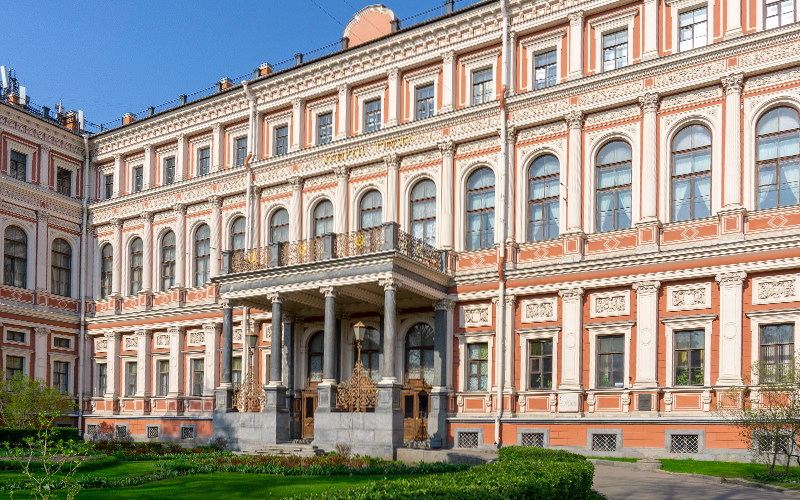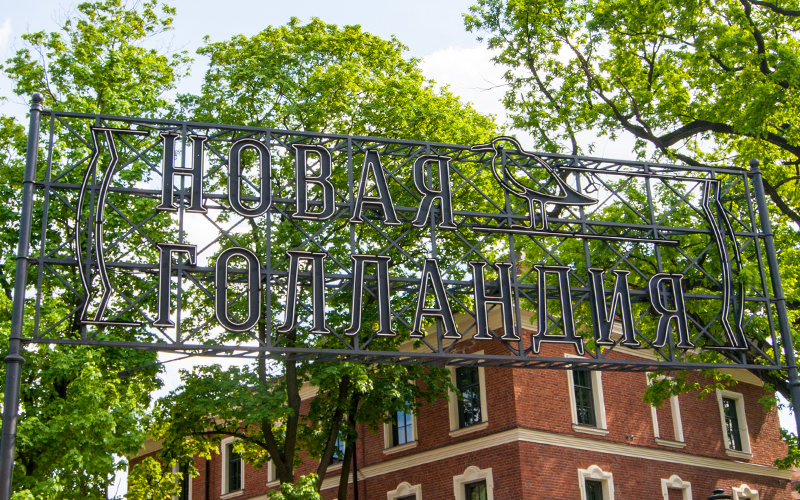One of the most visited attractions in Saint Petersburg and its surroundings are the majestic imperial residences. Some visit the palaces to admire the exquisite architecture or fine decor, while others try to transport themselves back in time and imagine the life of Russian rulers.
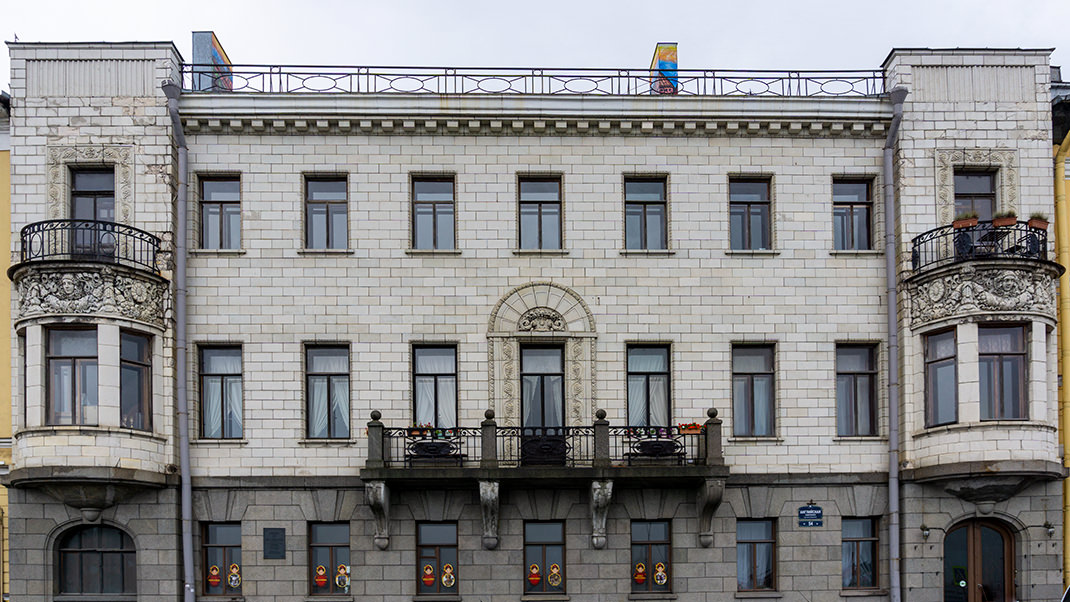
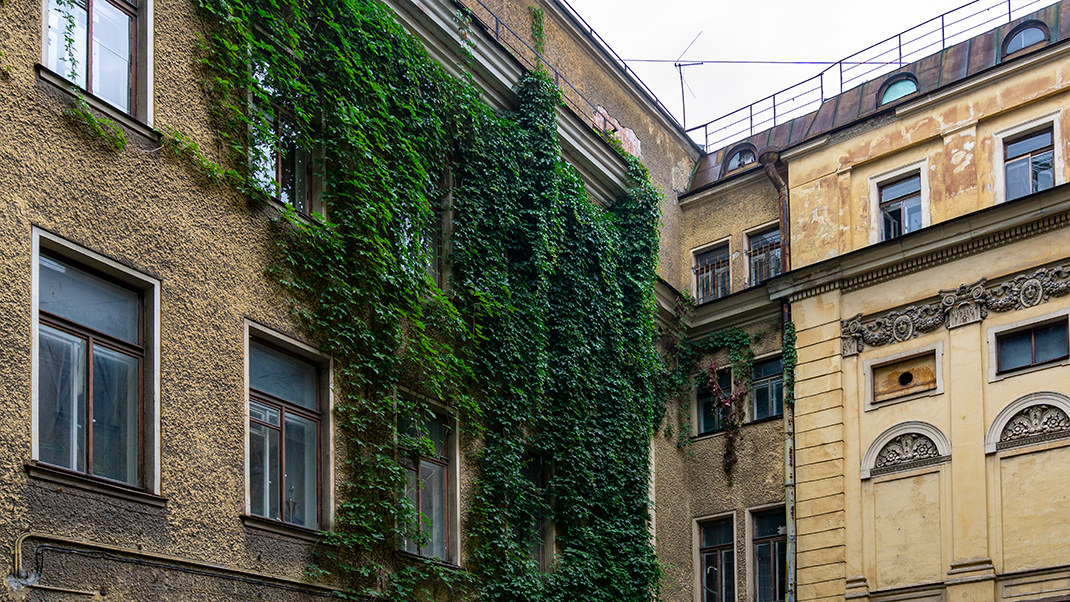
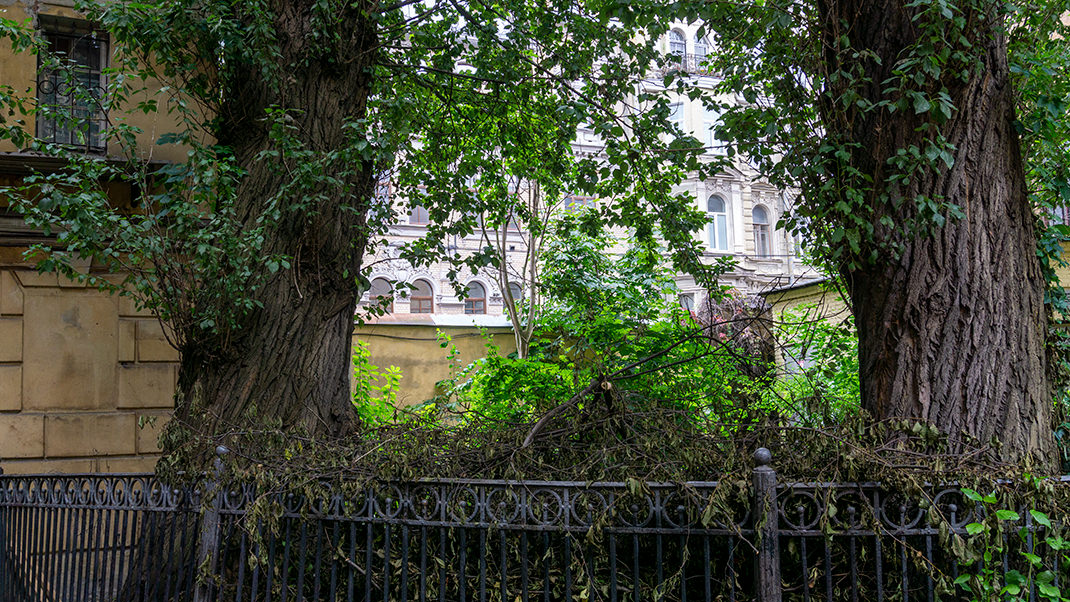
Apart from the famous Winter Palace, Mikhailovsky Castle, or the Tsarskoye Selo residences, our city still preserves several buildings erected for the closest relatives of Russian monarchs—grand duchesses and grand dukes. Today’s article is about one such building, a palace that once belonged to Emperor Alexander III’s son, Grand Duke Mikhail Alexandrovich.
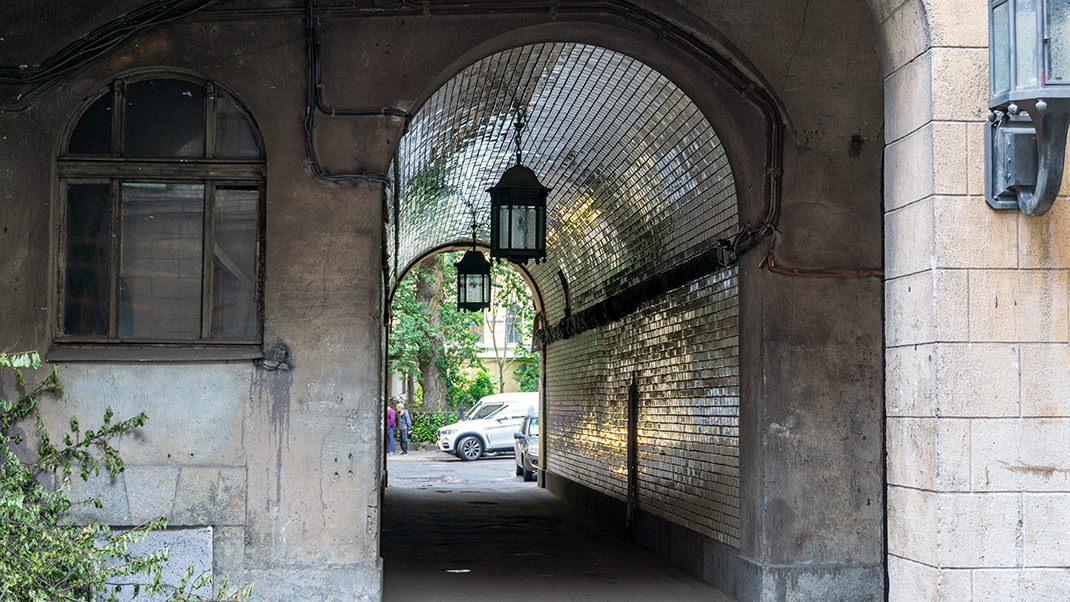

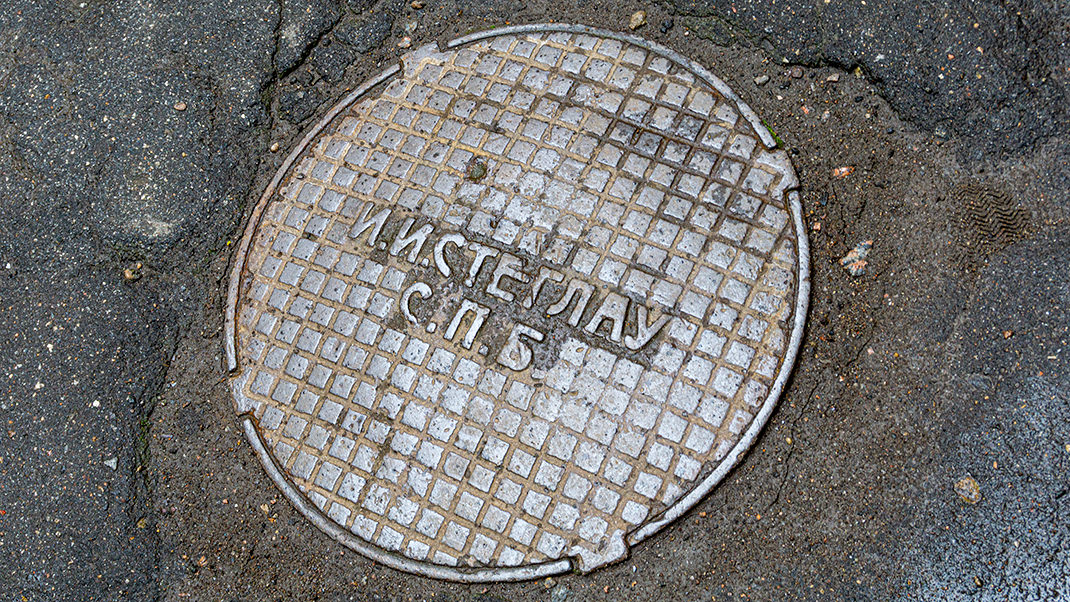
How to Join a Tour
I visited the palace interiors on a tour organized by the "Open City" project. Thanks to this initiative, locals and visitors to the Northern Capital can visit usually closed palaces, mansions, and administrative buildings.
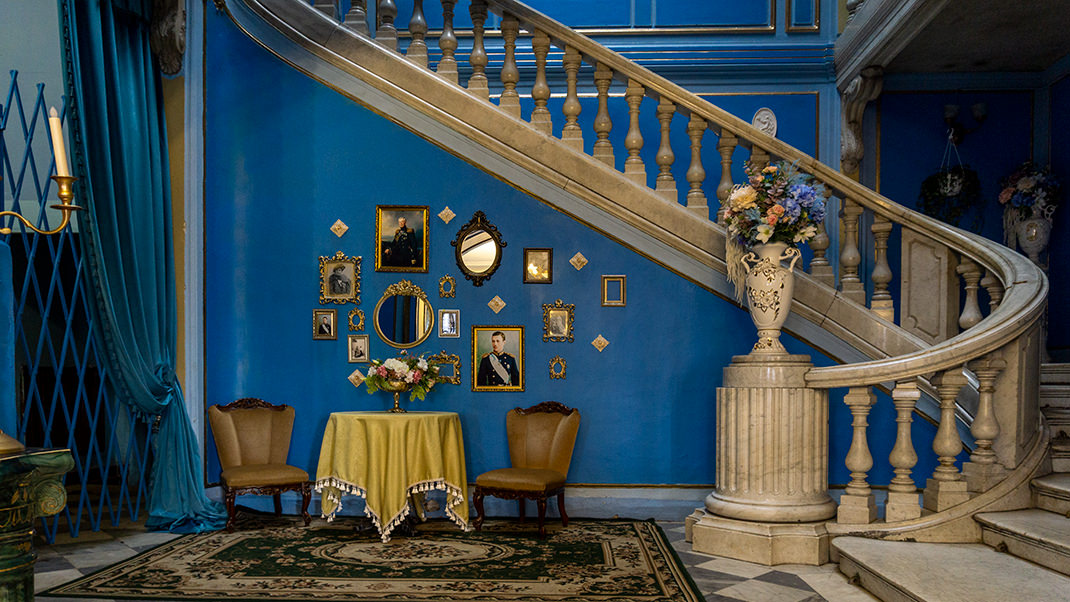
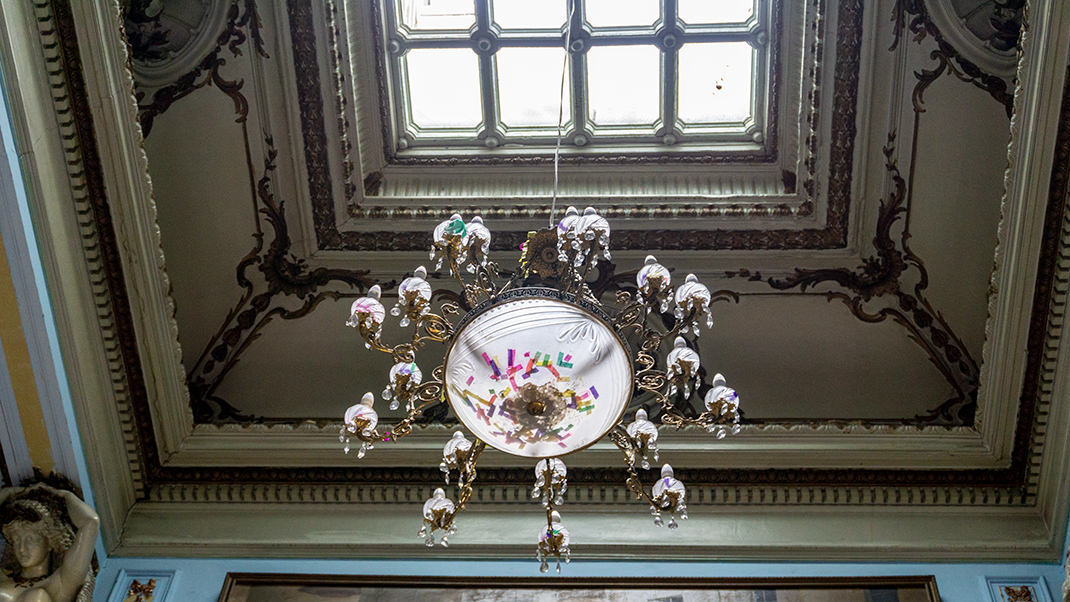
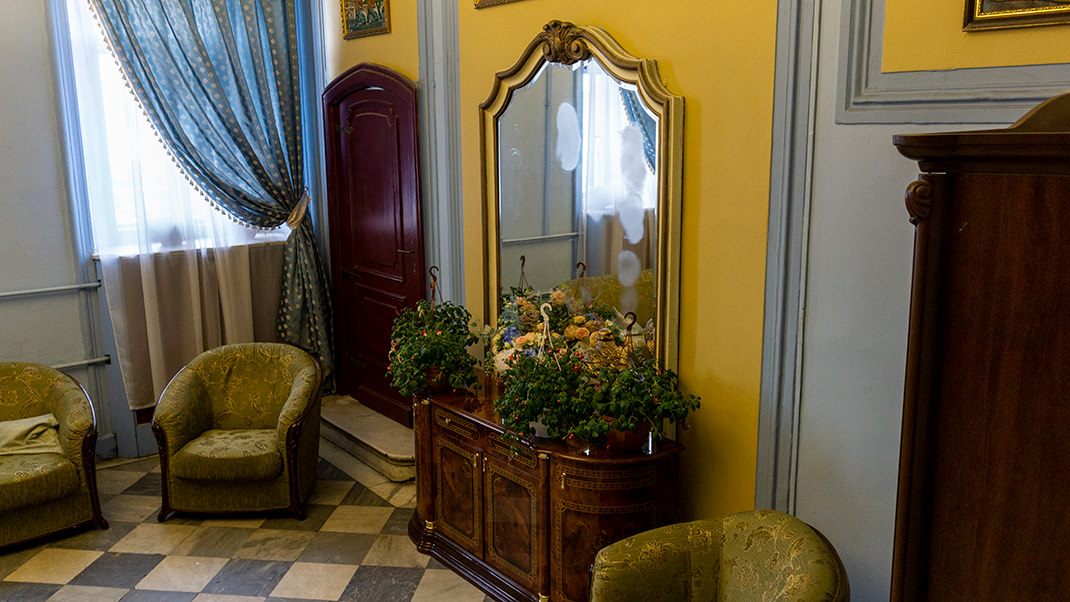
You can sign up for a tour on the project’s website, and all you need is a passport. All tours are free, but you will need a bit of luck as spots are limited, and there are usually many eager participants.
If you are interested in Saint Petersburg's history but cannot attend an event in person or live in another region, you can check if there are online tours available.
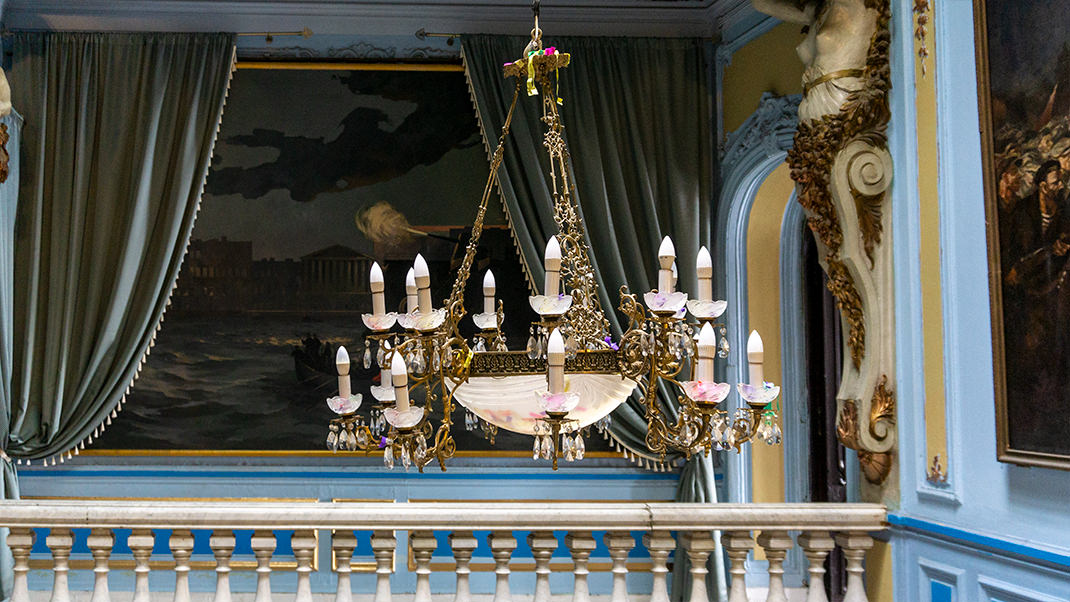
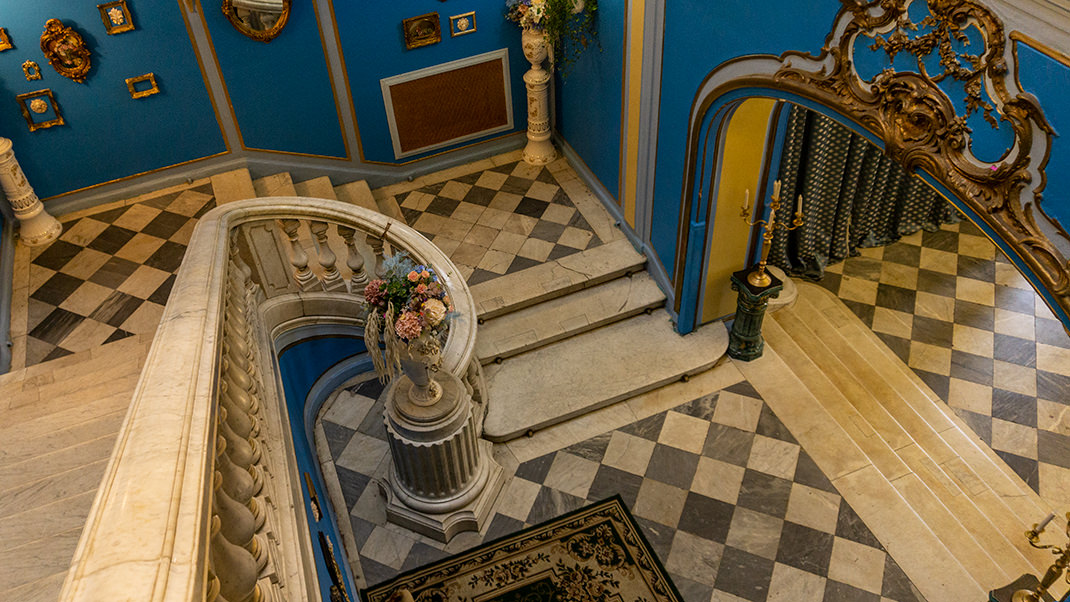
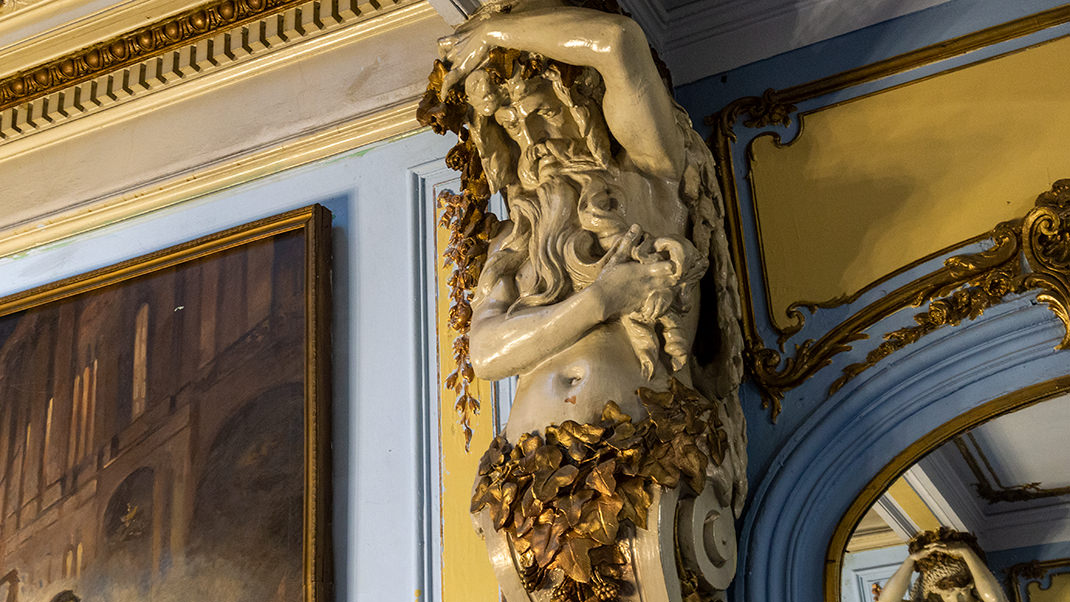
A Bit of History
The Grand Duke Mikhail Alexandrovich Palace, now a federal cultural heritage site, occupies a large plot of land on Galernaya Street and English Embankment. This area began to be developed in the 18th century. The mansion here was repeatedly rebuilt, with ownership changing hands several times. Since the 1830s, the building belonged to Alexander Sergeyevich Menshikov, a great-grandson of the famous companion of Peter I.
The mansion was rebuilt twice under the Menshikov family. During Alexander Sergeyevich’s time, the architect Vasily Alekseevich Glinka oversaw the construction work. Later, during the ownership of his son Vladimir, the mansion was reconstructed by Karl Karlovich Rakhau.
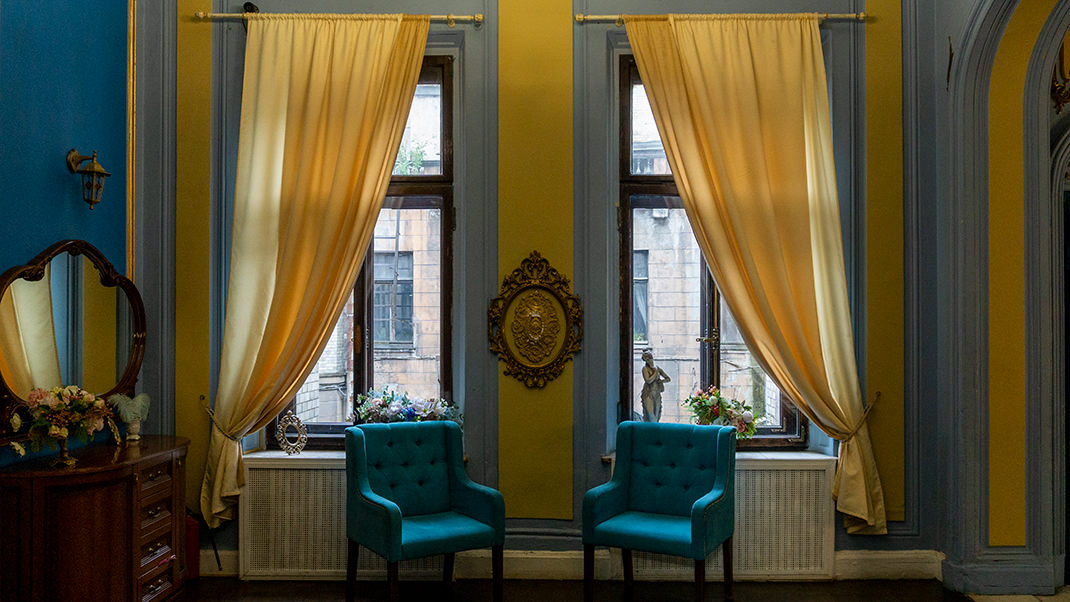
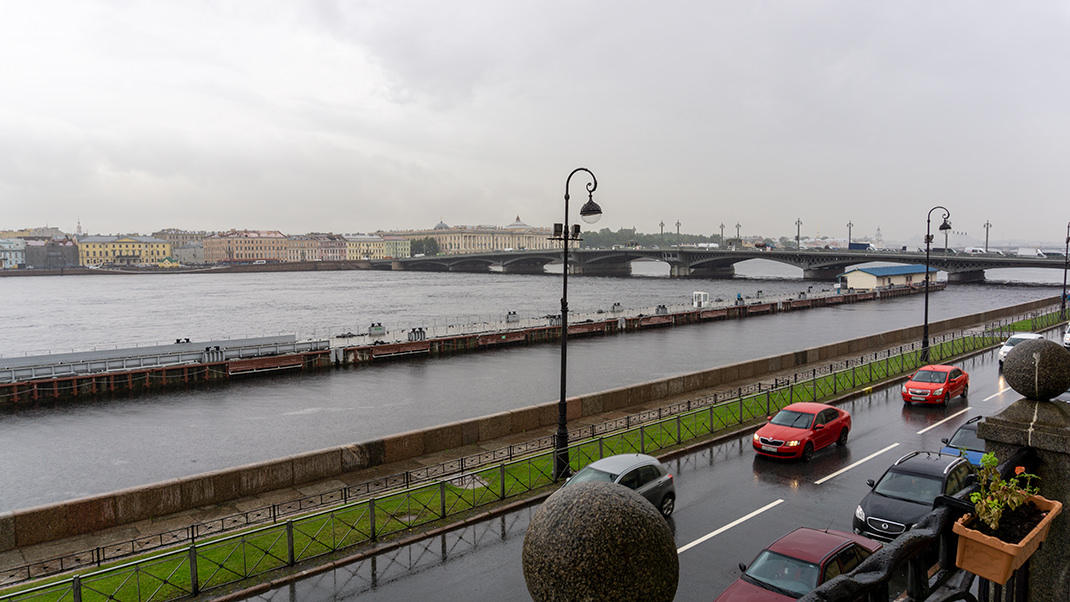
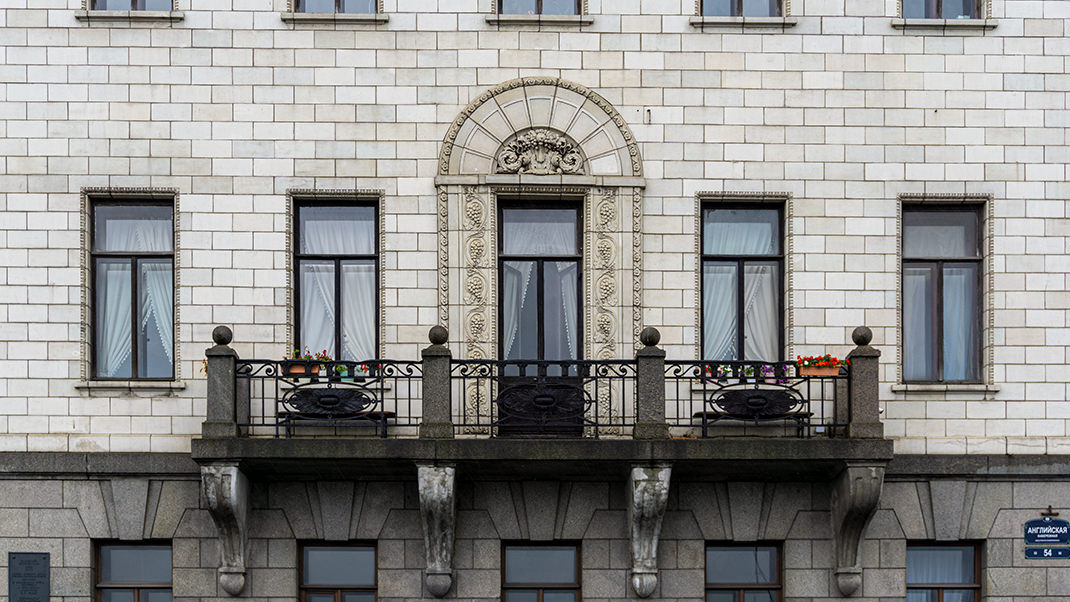
The last owner of the estate before the revolution, and perhaps the most famous, was Grand Duke Mikhail Alexandrovich, the son of Alexander III and Maria Feodorovna, and the younger brother of Tsar Nicholas II. From 1910 to 1913, the building was once again reconstructed, this time by the renowned architect Roman Fyodorovich Meltser. He is also known for his participation in projects such as the residential buildings for the “Ludwig Nobel” factory and the Kochubey Mansion on Furshtatskaya Street.
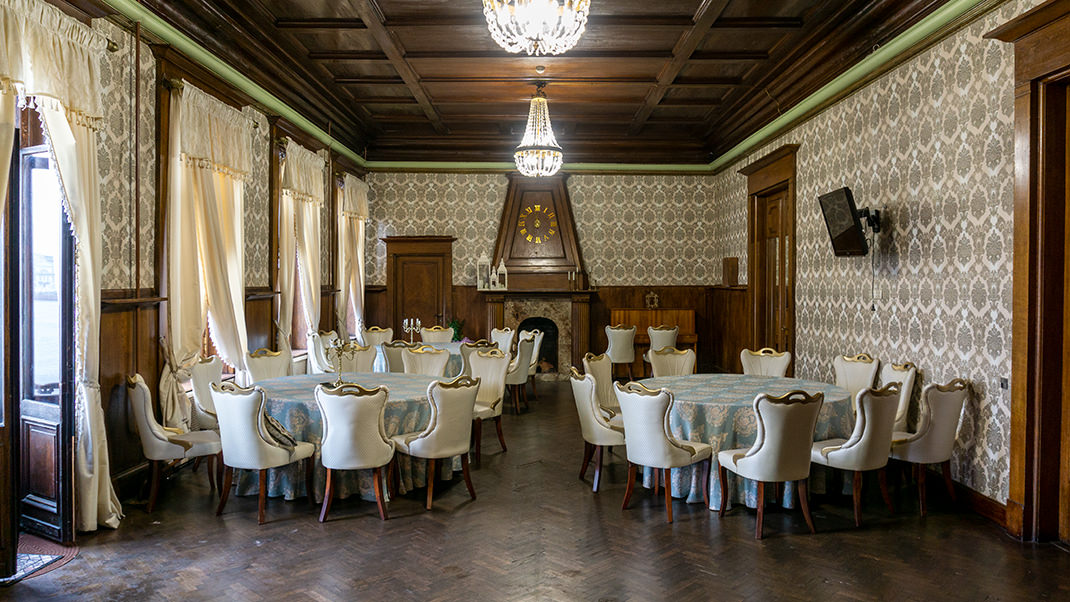
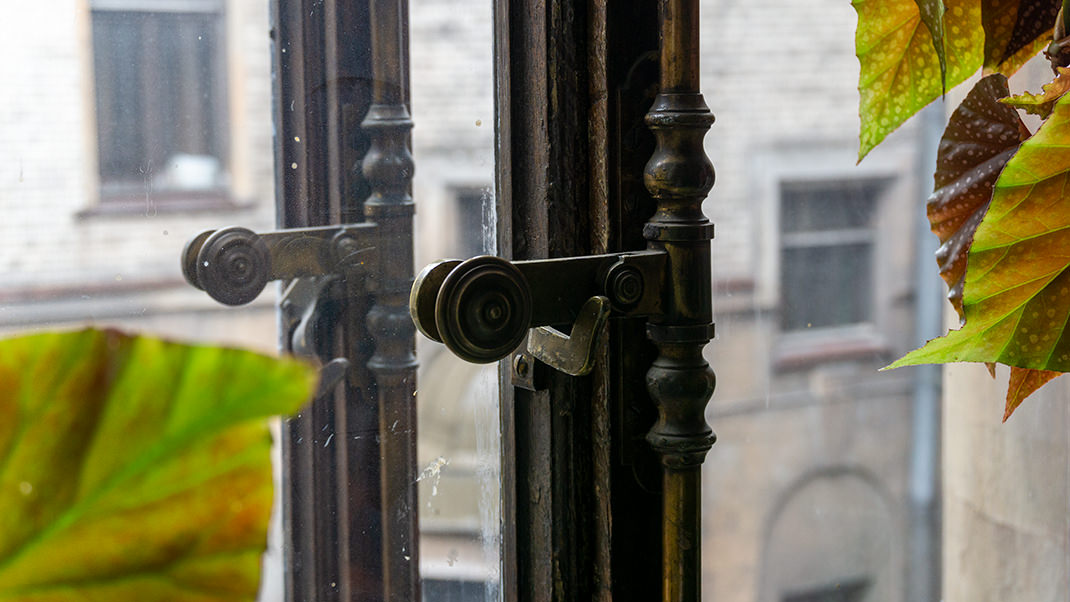
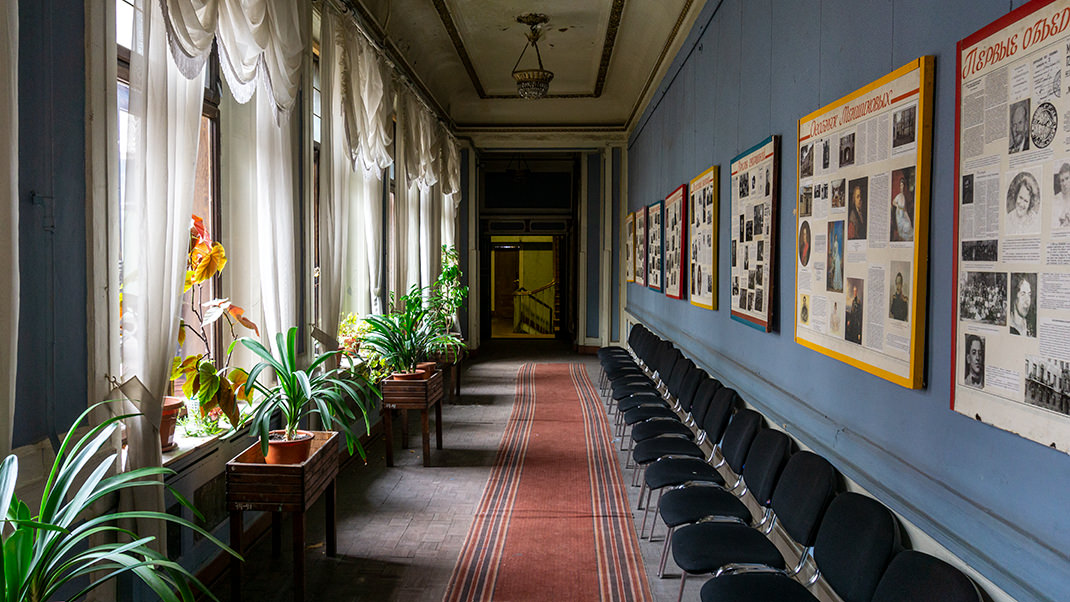
It is worth mentioning Grand Duke Mikhail Alexandrovich himself. As the brother of the emperor, he was the heir to the Russian throne for several years, until the birth of Tsarevich Alexei. Thanks to his high position, he was a patron of many institutions and actively participated in public and political life.
In 1912, while abroad, Mikhail Alexandrovich secretly married a woman of lower status (a morganatic marriage). Because of this, his family was forbidden from returning to Russia.
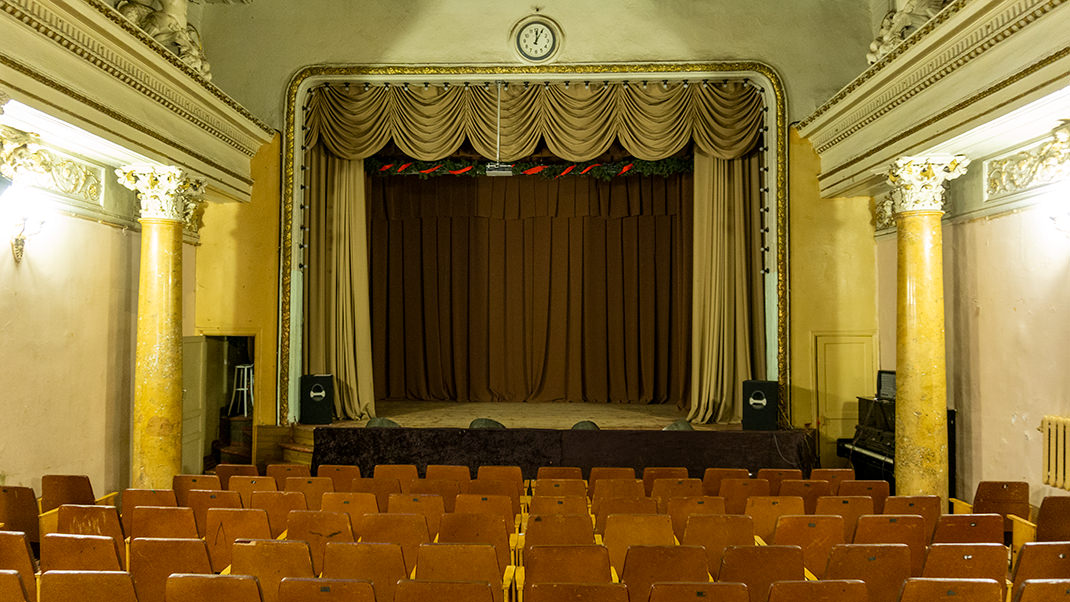
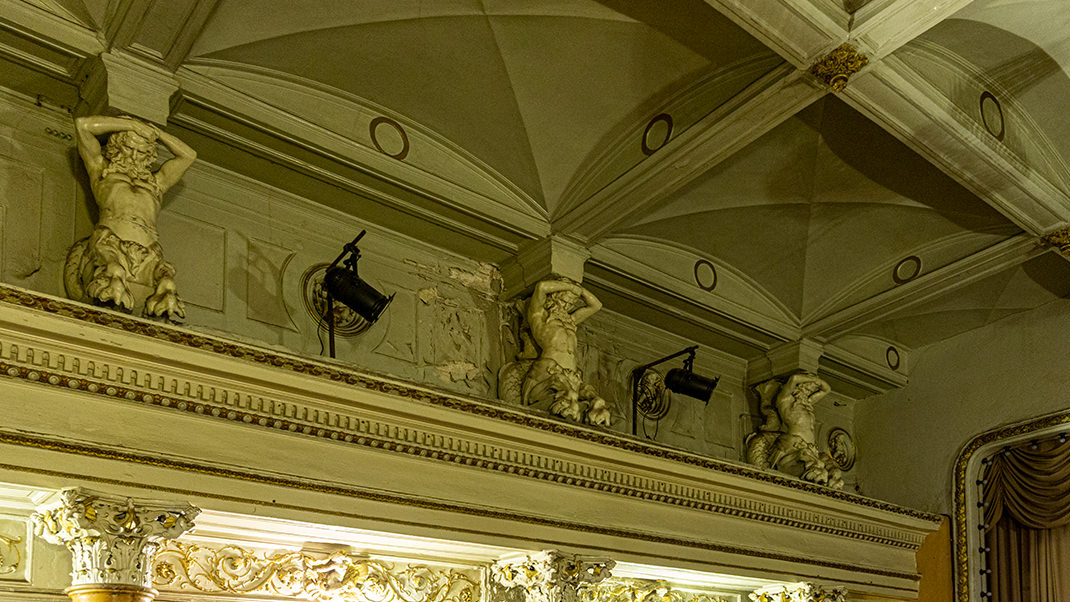
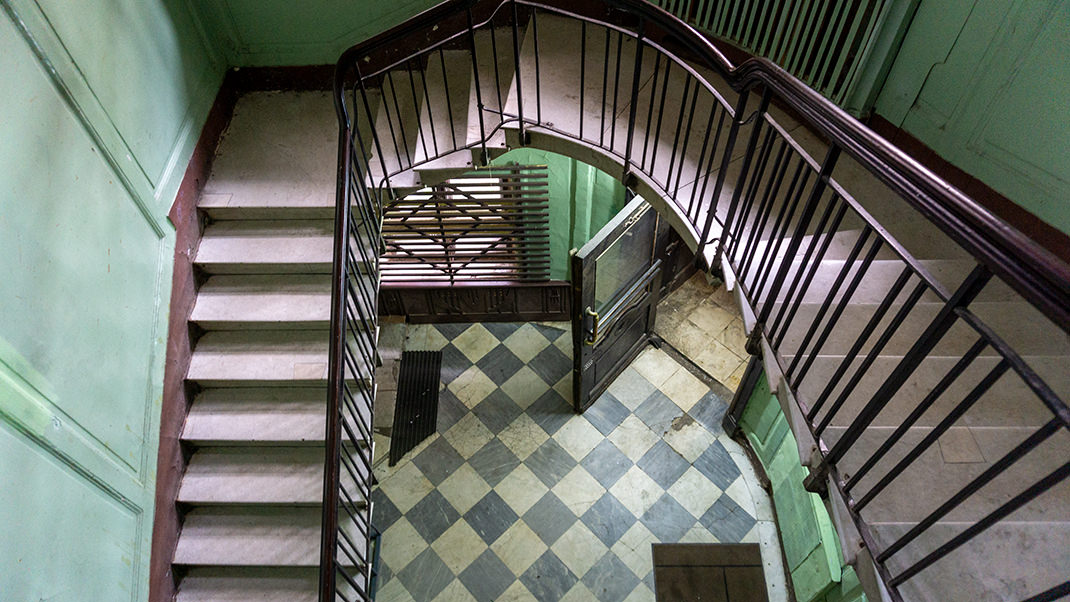
Later, Mikhail Alexandrovich was pardoned by the emperor and allowed to return to Russia. However, despite the favorable outcome, he met a tragic fate. After his brother Nicholas II abdicated, Mikhail was placed under house arrest in Gatchina and later exiled to Perm, where he was executed in June 1918.
The former grand ducal residence was nationalized. In 1922, the building was transferred to the Petrograd Society of the Deaf, and it housed production workshops and the House of Enlightenment. The Saint Petersburg branch of the Russian Society of the Deaf is still based here today. Some rooms on the top floor are now occupied by an elite apartment design studio.
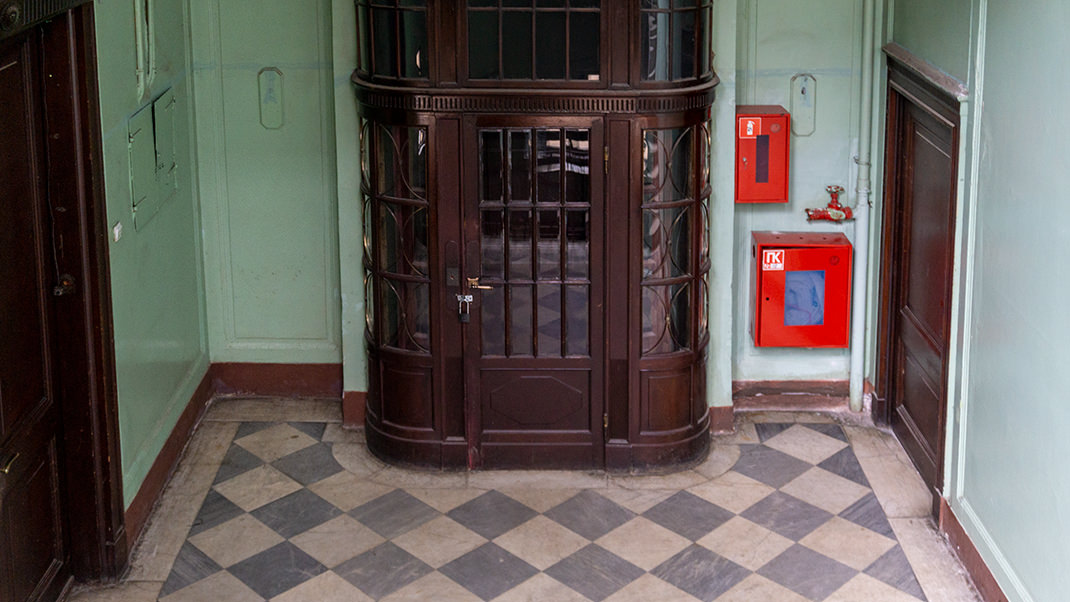
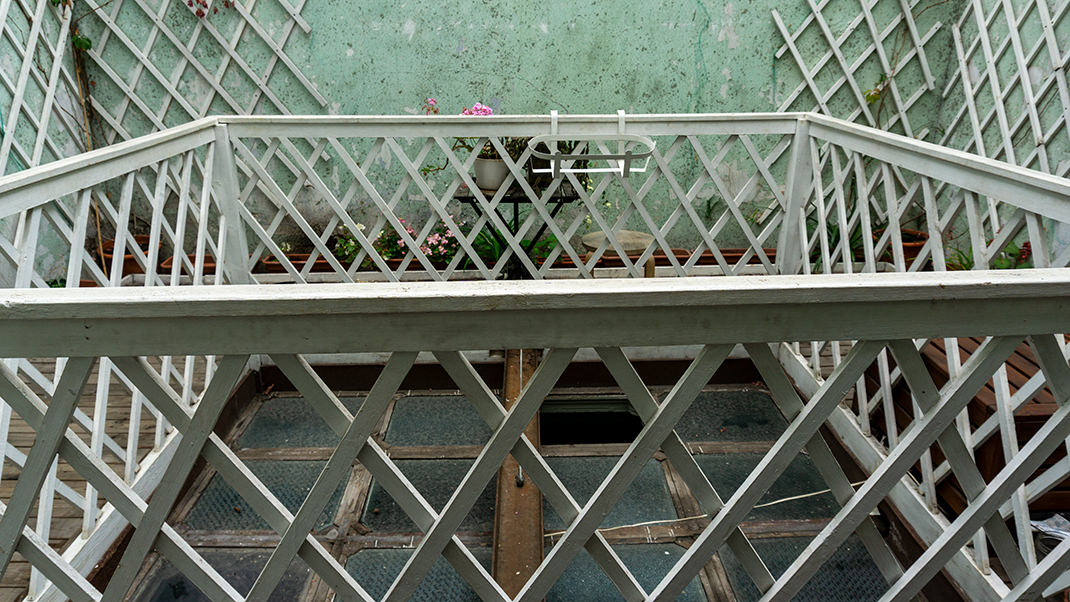
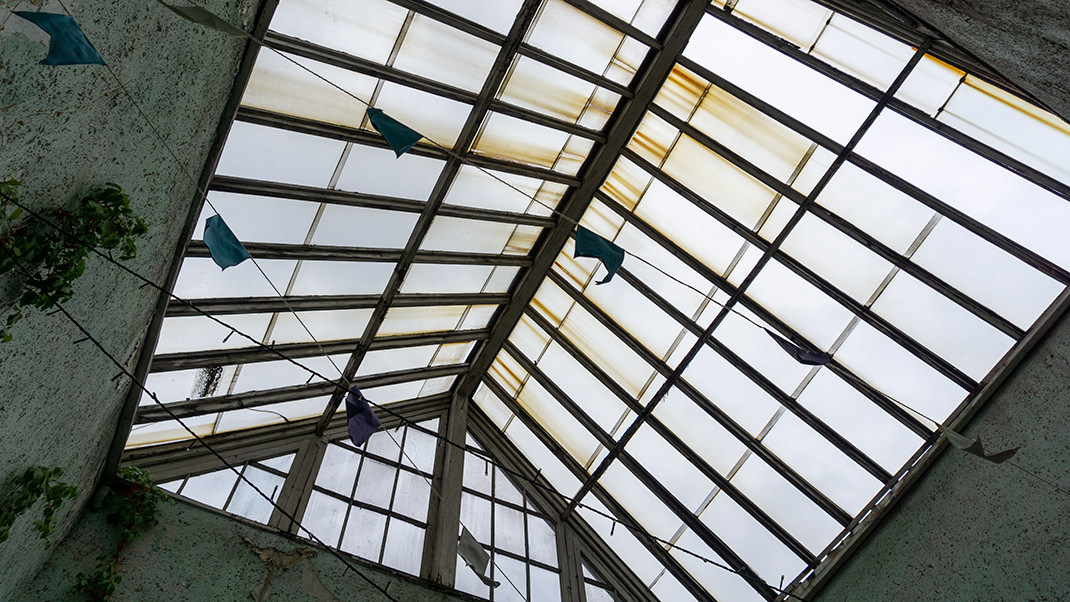
I conclude my brief account here with the building's modern history. For those who are ready to continue virtual walks through unique Saint Petersburg buildings, I recommend reading about other interesting tours of the "Open City" project I’ve attended. These include, for example, tours of the magnificent Kelkh Mansion.
In summary:
- Fascinating architectural tour;
- Only a few elements of the palace's interior remain;
- Free visits available.


